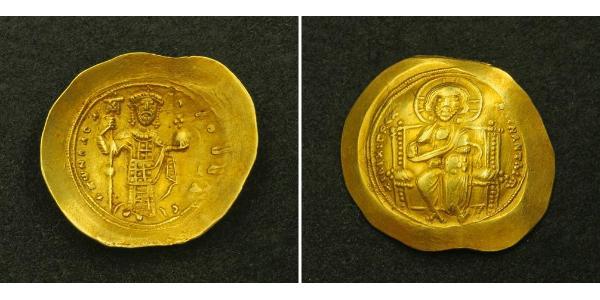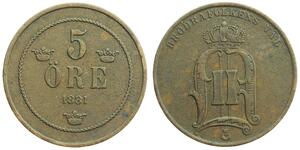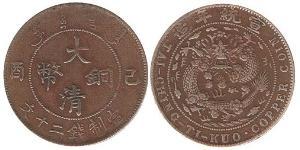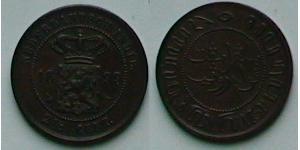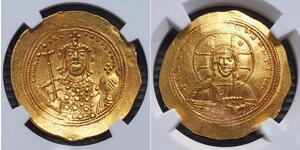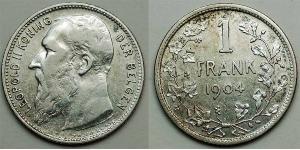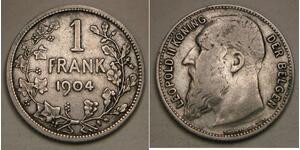(售价 $620.0)
Mint period: 1059-1067
Emperor: Constantine X Ducas
Mint Place: Constantinople mint.
Denomination: Gold Histamenon Nomisma
Reference: Friedberg 257, Sear 1847, DO 1b. R!
Condition: Minor deformation, otherwise a nice XF++
Diameter: 27mm
Material: Gold!
Weight: 4.36gm
Obverse: Emperor standing facing on cushion, wearing crown and loros, grasping labarum with globule on shaft and globus cruciger.
Legend: +KwN RACL - ODOVKAC
Reverse: Christ seated facing on throne, holding holding book of Gospels
Legend: + IXIG ReX ReGNANTIhm
Constantine X Doukas or Ducas (Konstantinos X Doukas; 1006 – May 1067) was emperor of the Byzantine Empire from 1059 to 1067.
Constantine Doukas was the son of Andronikos Doukas, a Paphlagonian nobleman who may have served as governor of the theme of Moesia. Constantine gained influence after he married, as his second wife, Eudokia Makrembolitissa, the niece of Patriarch Michael Keroularios. In 1057, Constantine supported the usurpation of Isaac I Komnenos, but gradually sided with the court bureaucracy against the new emperor's reforms. In spite of this tacit opposition, Constantine was chosen as successor by the ailing Isaac in November, 1059, under the influence of Michael Psellos. Isaac abdicated and on November 24, 1059, Constantine X Doukas was crowned emperor.
The new emperor quickly associated two of his young sons in power, appointed his brother John Doukas as kaisar (Caesar) and embarked on a policy favorable to the interests of the court bureaucracy and the church. Severely undercutting the training and financial support for the armed forces, Constantine X fatally weakened Byzantine defences (by disbanding the Armenian local militia of 50,000 men) at a crucial point of time, coinciding with the westward advance of the Seljuk Turks and their Turcoman allies.
Constantine became naturally unpopular with the supporters of Isaac within the military aristocracy, who attempted to assassinate him in 1061; he was also unpopular with the general population, after he raised taxes to try to pay the army at long last.
Constantine lost most of Byzantine Italy to the Normans under Robert Guiscard, except for the territory around Bari, though a resurgence of interest in retaining Apulia occurred under his watch and he appointed at least four catepans of Italy: Miriarch, Maruli, Sirianus, and Mabrica. He also suffered invasions from Alp Arslan in Asia Minor in 1064 and the Uzes in the Balkans in 1065. Already old and unhealthy when he came to power, he died on May 22, 1067 and was succeeded by his young sons under the regency of their mother Eudokia Makrembolitissa.
211 coins were grouped from 2025-05-21 to 2025-05-28
其中一个是:
1 Franc 比利时 銀 利奥波德二世 (比利时)
本组有 15 钱币 / 14 售价
⇑

